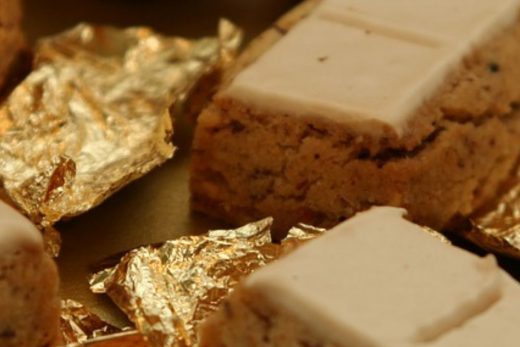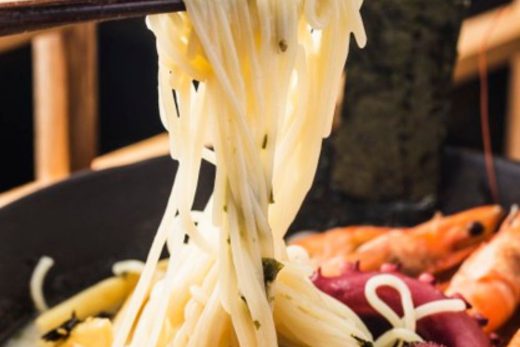No, we’re talking about wood honey, not furniture.
Does a person return with a jar of honey wherever he goes? Does he put a piece of honeycomb on the bread in the morning and eat? My kitchen cabinets are full of honey. Flower honey came from Norway as a gift, I carried eucalyptus honey from Australia, lavender from France, chestnut from the Black Sea, Hawaiian flower honey among them. All of them have a different place but among them the most precious tree honeys are oak and pine. They are dark caramel colored, strong, dense and character honeys.
Tree honeys like oak and pine are different from flower honeys. The amount of glucose and fructose in them is less, they do not burn the throat with their sweetness. There are more enzymes, amino acids and minerals in tree honeys compared to flower honeys. They are also rich in potassium, calcium and antioxidants. In contrast, flower honeys also have a higher pollen content.
The most interesting thing about wood honey is the way bees produce it. Bees do not make this honey by collecting nectar from flowers, but from a kind of resin that accumulates in the bark of trees. So where does this resin come from? Those who do not know may be surprised after this: The pine honey you have eaten for forty years is actually the secretion of insects living in the tree. The insects living on the tree feed by sucking the sap of the tree and expel the leftover as a sweet substance. If you see a substance like white cotton in pine trees in the summer, especially between the end of July and October, that’s the secretion of these insects. Bees love this sugary substance, so at the end of the summer when they can’t find many flowers, they gather on the trees and make honey.





